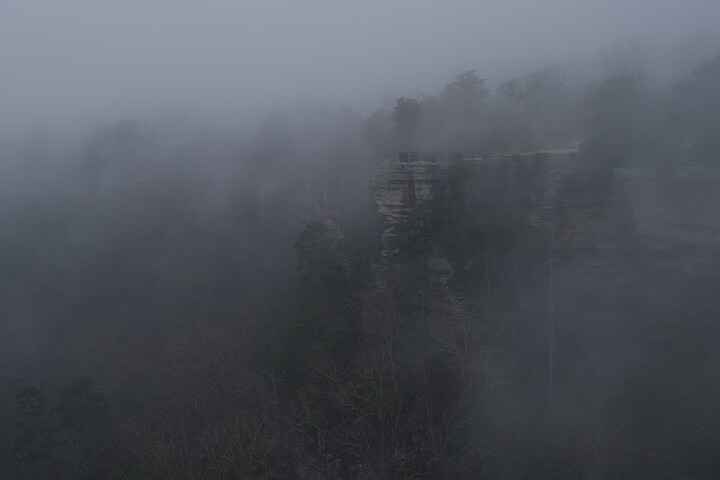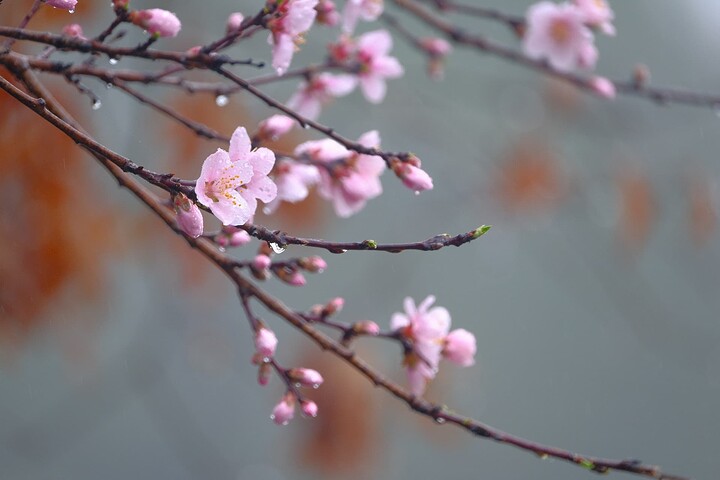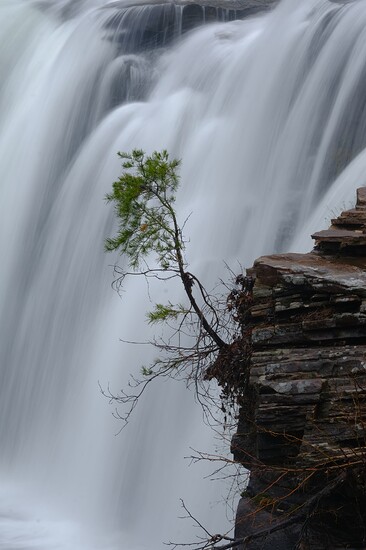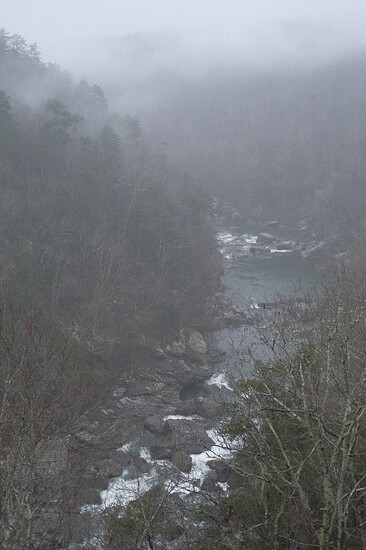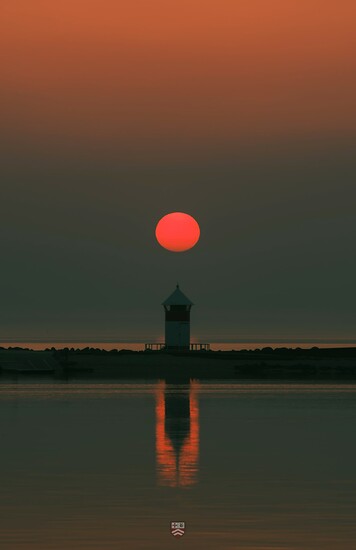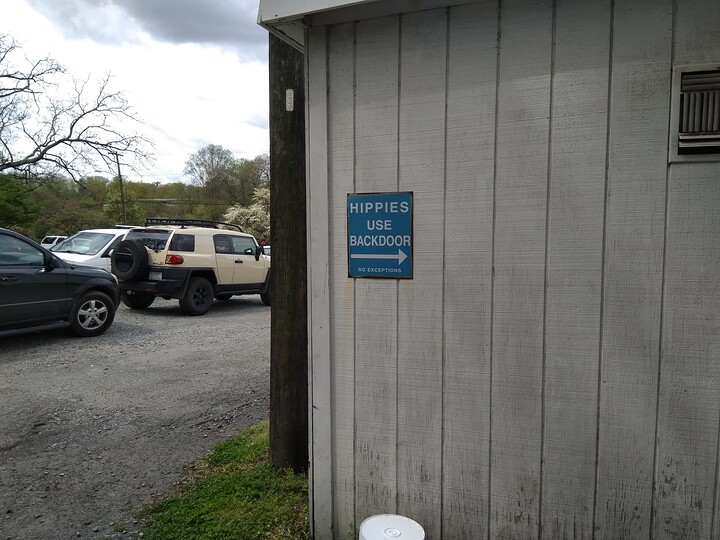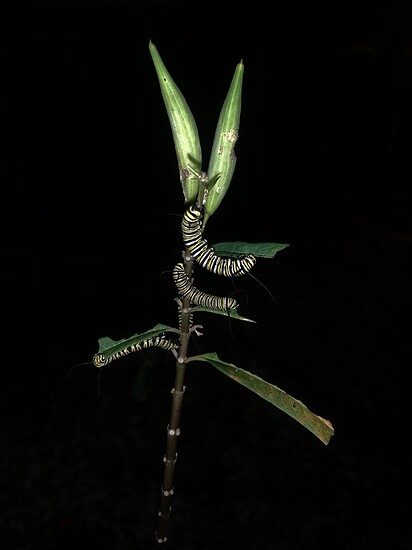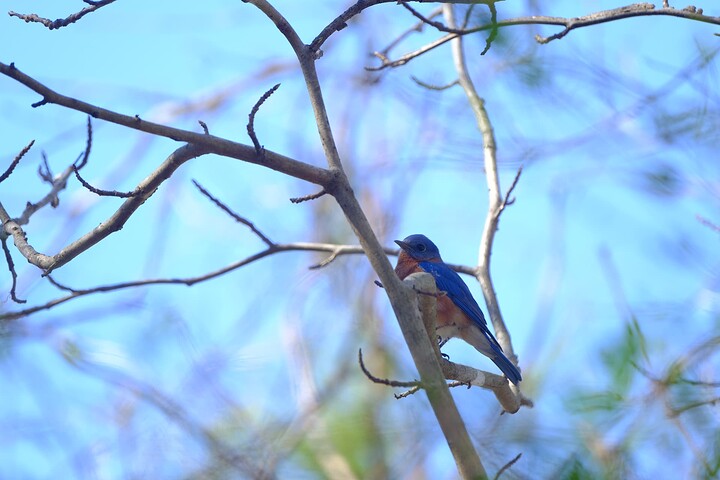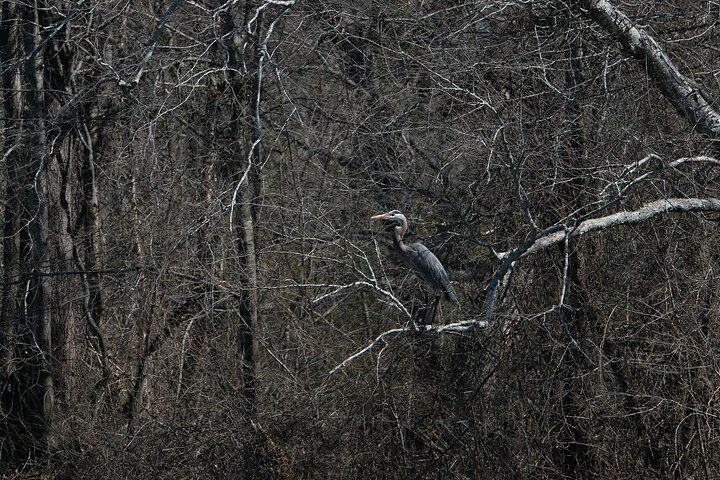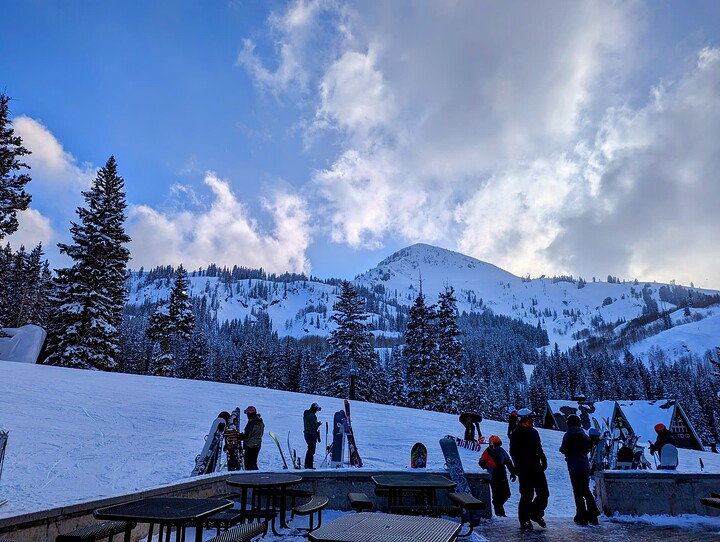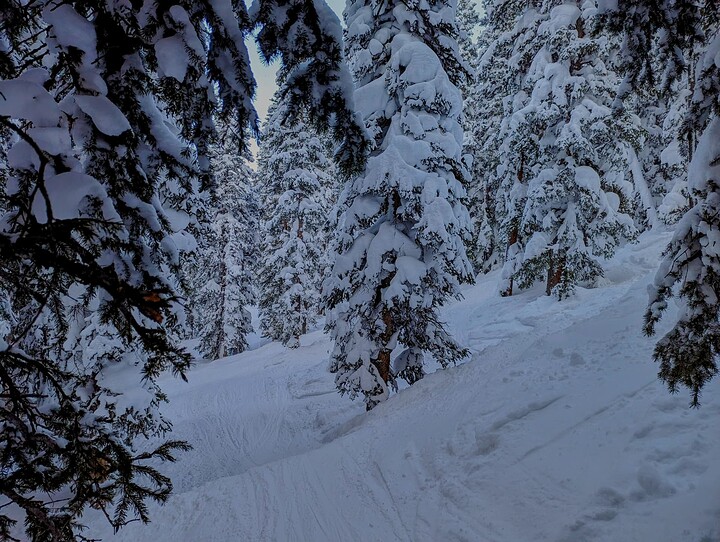link would not work for me ![]()
That’s a fair point. I do sometimes miss the direct feedback on what the exposure will be like, but it still looks off sometimes. Might be that I have badly configured the Sony. On Nikon I know that if there’s not a huge difference in light between the sky and the ground, then I can get away with 0EV, when it’s sunset or sunrise, I lower it to keep the sky well exposed if I don’t bother bracketing. When there’s snow, I rock around 1EV more often than not.
The one on A6000 isn’t fully electronic, so it still makes noise when it closes. It’s heaps quieter than my Nikon though.
Found my thread finally! ![]()
There is a lot of beautiful photos here.
Here is my 2 favorit photos from last year I want to share with everyone.
The first one is me in a creak outlet with water all the way to the top of my tripod.
I used an ND filter with 10 stops, if I remember correctly.
Fujifilm X-S10 | 7Artisans 25mm F0.95 | ISO 160, 40s, F8
This one is a lucky snap on my local marina. I was out testing an old Olympus OM 200mm. Suddenly I saw the composition and ran towards it, and got this. No wind + a mist covering the sea.
Fujifilm X-S10 | Olympus OM 200mm F4 | ISO 160, 1/200s, F5.6
I hope to find more inspiration on here or maybe open a thread or two…
Canon EOS 50D
50mm F1.4 USM
F5.6 iso400 1/200
2 flashes to camera left and right, using wooden posts as black flags
If you want to learn how to use a camera flash, I recommend this guide:
https://strobist.blogspot.com/2006/03/lighting-101.html
It is the best tutorial I have ever seen on how to put light where you want it to make a better image.
He even updated it a couple of years ago, so the recommended hardware is relevant.
caterpillars
Shot in my front yard.
Iphone xr, Flash on, Halide app. 1/4 sec, 40 iso.
I can’t focus on lizards, spiders, or birds through trees without using the halide app. It also lets me frame the shot with the flashlight feature on, so I can take night shots and compose the picture without it being guesswork.
We grew this bush specifically to give the caterpillars that become monarch butterflies something to eat.
Finally got some birds, though that bokeh is alarming… I need to look into why it’s like that.
XF 100-400 lens
The bokeh is probably like that because you have quite some distance between those branches and the bird. With tele, you can get quite decent bokeh as long as you’re closer to the subject and have a good distance between the subject and the background (or foreground for that matter).
What’s so weird about it? Seems pretty normal to me, no weird anomalies, fringing or artifacts.
Maybe you sacrificed some sharpness to get it, but that’s about it
Great shots, really like them!
2nd
Appears as a natural nature shot.
The bokeh on the small bird sort of looks like a double exposure, but that may have just been due to the wind moving the tree branches, and the camera tracking the bird to keep it still while everything else was moving.
There is also some chromatic aberration both on the subject and on the bokeh.
Did you process the image on an application designed for photography? Most of those automatically apply the standard corrections.
The best app I have seen for chromatic aberration correction is DXO Photolab, and they usually have a 30 day trial, ie if you use it on two days, then use it once a month later, that counts as 3 days towards your 30 day demo.
MetalizeYourBrain + MikeGrok
I don’t like the double exposure appearance the background has in the first shot. The shot was taken at only 1/125. So maybe that was the issue, I didn’t pay close attention to that when shooting that day. The lens has a cheap uv filter on the front of it that might have done it too. I would prefer something closer to what HEXiT posted. The blur might not be as pronounced in real life because of the aperture only opening to 5.6 at that focal length (400mm) but the smoothness of it is what I’m after.
MikeGrok
Those shots are out of the built in camera raw converter, so probably no chromatic aberration correction.
Picture of the evening
Mt Millicent aka lil Milly, the Milly playground, the snow owl with the scree slope, home of devil’s ballsack ![]()
Serenity in the forests of the resort. Very few skiers come back here. The tracks were fresh and sparse. The spruce wells abundant. Warm evening sunlight ![]() … quiet. Just you and the snow and the trees.
… quiet. Just you and the snow and the trees.
Disclaimer: Do not ski trees alone unless considered an expert.
Both ratings: Black Diamond
i wouldnt worry to much about the bokeh, your new to the lens so it will take you a minute to figure out aperture and exposure to get what shot. ![]()
but some suggestions to get you started.
4.3/5.6 will likely not be the sharpest f stop to take wildlife shots at.
evidence being the bird on top pic lacks contrast.
stopping down to f7-f8 will likely fix that.
yes you will have to bump your iso…
but you should be already to get 1/250th and 1/500th for sharp shots.
yes the trade of is more noise but overall should be worth it.
there’s also a cheat.
you can use a macro ring/tube extender (not the 1x4 or 2.0 zoom extenders).
they come in 3 sizes with the thinnest giving the greatest reach.
depending on thickness of ring/rings used you can pull the maximum plane of focus back towards you to within a few feet, which will give way smoother bokeh.
the trade off being you cant focus to infinity so you have to be reasonably close to your subject.
Got it. I agree that the cheap UV filter you were using might’ve made the shot a bit worse, but I also think that you might be out of the aperture/focal lenght sweet spot for the lense. It might very well be that what’s making the shot look a bit weird.
For the next time I think you should try to use C1 for Fuji (free) in order to get all the lense correction applied and be able to work with them and shoot at higher ISO, no filters and faster shutter speed. Maybe even crank the sensor up to 1000ISO (still retains basically 0 noise in daylight) and close the diaphram to f8 and see how that goes. Less bokeh, but the shot should be much more clear.
Looking for help!
I have a huge(!) box of photos to digitize. 90% of them have negatives to go with them. Is it better to get a negative scanner or a scanner for physical photos? I’m looking for quality of end result.
a flatbed scanner would likely be best as they often have an option to scan negatives.
likely cheaper and have more flexibility too
